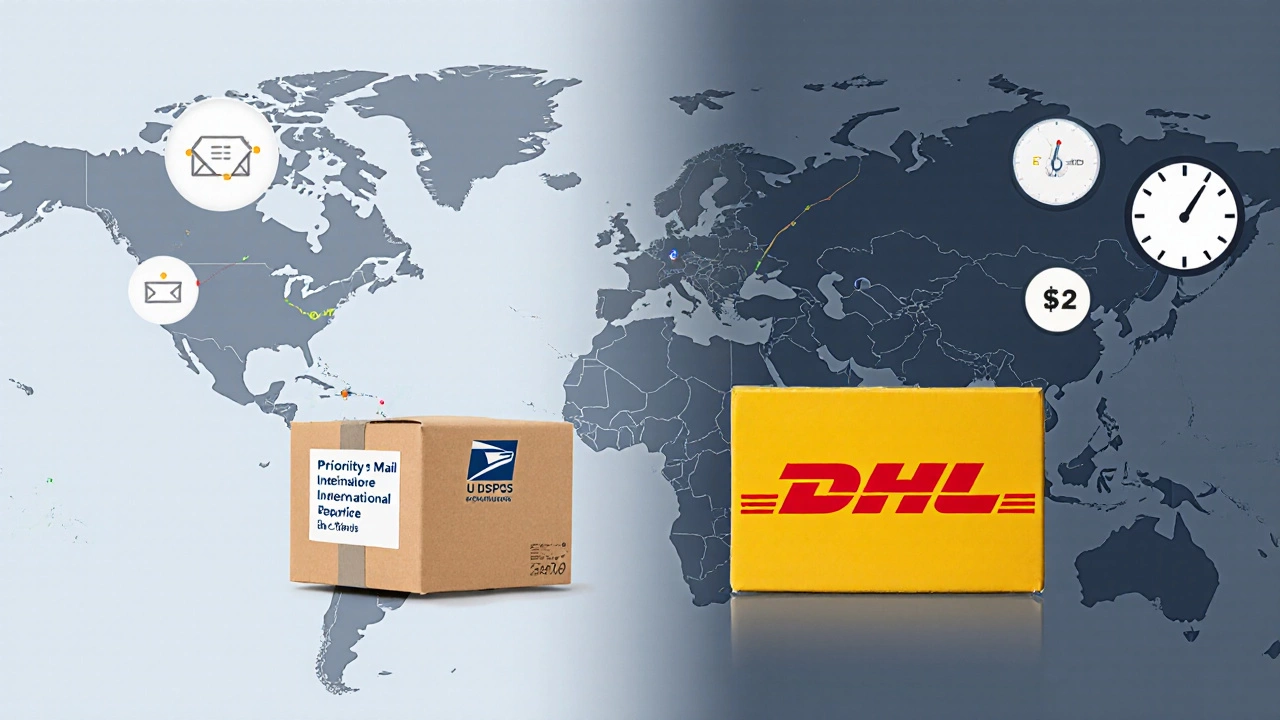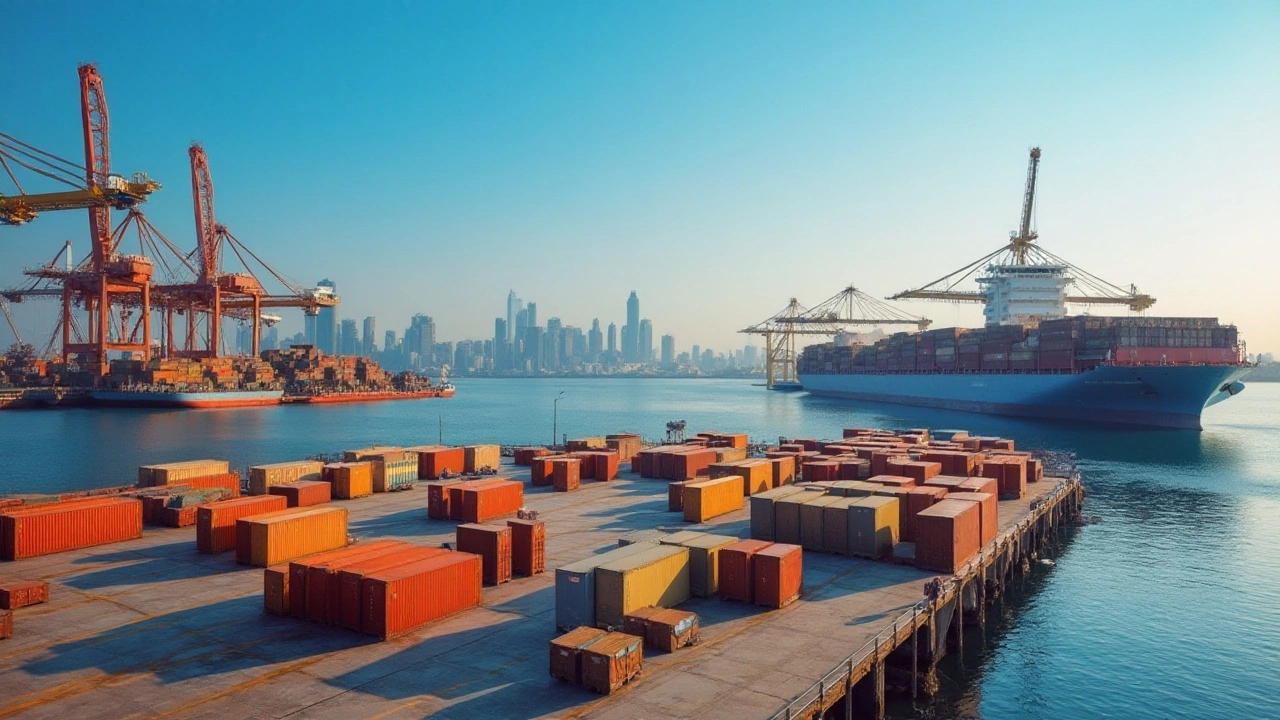International Shipping Costs: How They’re Calculated and How to Save
Ever wondered why sending a bike abroad can cost more than a local move? It’s not magic – it’s math, weight, distance, and a few hidden fees. In this guide you’ll see exactly what makes up the price tag and how to keep it low.
What Makes Up the Price?
First up, weight and size. Carriers charge by either actual weight or dimensional weight – whichever is higher. A big box of bike parts can look light but take up a lot of space, so the dimensional weight often wins. Next, distance matters. Shipping from Chennai to London will cost more than to Dubai because of fuel, routing, and handling at each stop.
Then there are service levels. Air freight is fast but pricey, while sea freight is slower but cheap for large loads. Choose the mode that fits your timeline and budget. Finally, add on customs duties, taxes, and paperwork fees. Every country has its own rules, and missing a form can mean extra charges or delays.
Tips to Cut Your International Shipping Bill
Pack smart. Use a sturdy, snug box that matches the bike’s shape to lower dimensional weight. Remove accessories that aren’t needed for transport – every extra kilogram adds up.
Compare quotes. Use at least three carriers and feed them the same weight, size, and destination. Many offer online calculators that show the total landed cost, including customs.
Schedule early. Last‑minute shipments often incur surcharges. Giving a carrier a few extra days lets them fit your freight on a regular route, which is cheaper.
Bundle shipments. If you have more than one bike or spare parts, ship them together. Consolidated loads share container space and reduce per‑item cost.
Check for discounts. Some carriers give lower rates for repeat customers or for using their own packaging. Ask if a loyalty program or volume discount applies to you.
Finally, be clear on incoterms – the trade rules that define who pays for what. “DDP” (Delivered Duty Paid) means the seller handles everything, while “EXW” (Ex Works) puts the burden on the buyer. Knowing the term helps you avoid surprise fees.
International shipping can feel like a maze, but once you break down the pieces – weight, distance, service, and fees – it becomes manageable. Use the tips above, ask the right questions, and you’ll ship your bike across borders without blowing your budget.

